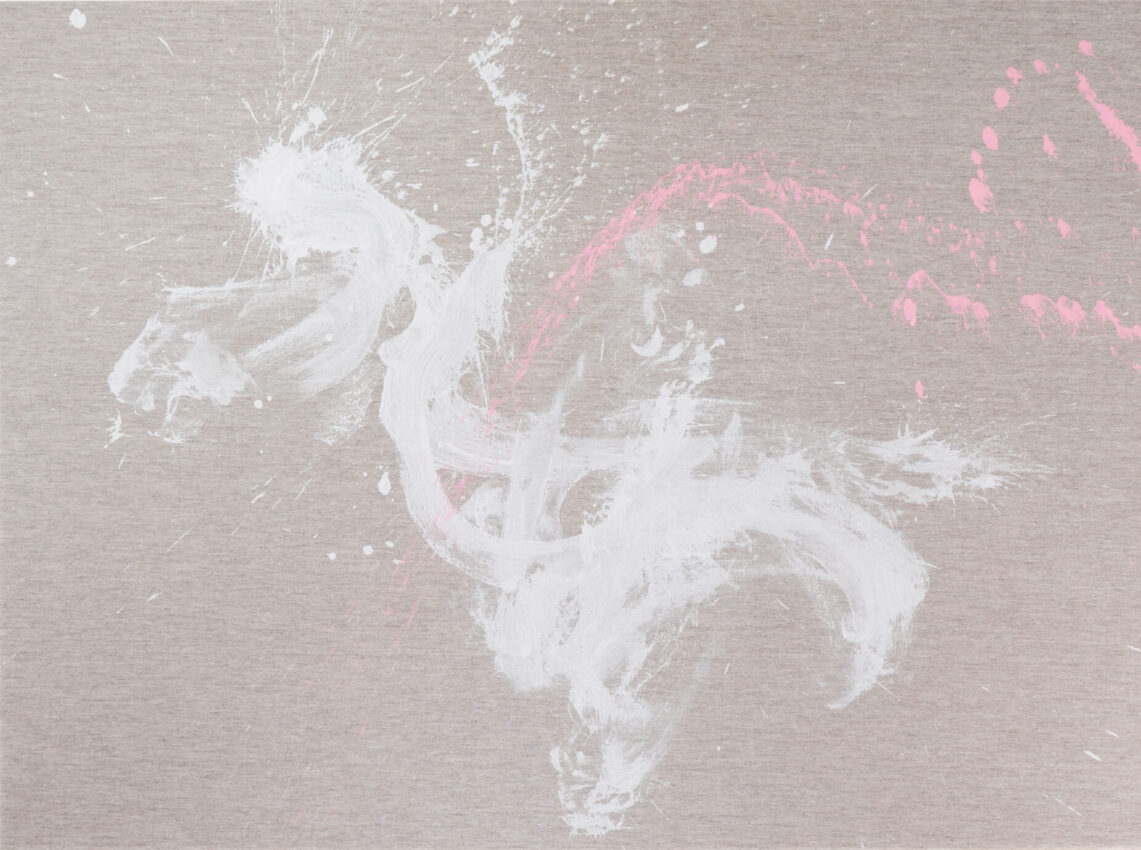Neo-Japonism
In this series, the artist aims to visualize haikus, the world's briefest form of poetry, to capture the experiences of perceiving the ephemeral beauty of flowers in spring in Japan based on personal encounters. It is a combination of Japanese poetic expression, minimalist aesthetics, and contemporary art. Neo-Japonism is a cultural advocacy that reinterprets Japanese culture in the context of globalization by Japanese artists, with the goal of proposing novel ways to present Japanese culture to the global society. Nowadays, Japanese culture has significant impacts on creations in Western countries, where numerous artists draw inspiration from Japanese culture. Through this, the artist seeks to foster a dialogue between Western and Japanese societies, challenging our perceptions of cultural appreciation and consumption.
Drawing inspiration from both 19th and early 20th-century Japonism and 21st-century contemporary art, Masaaki Hasegawa, a Japanese artist based in Spain, proposes an alternative approach to appreciate and interpret Japanese culture.
In this series, blank space takes center stage in expression, reflecting the essence of Japanese aesthetics. For instance, in works combining different colored squares in black and white flower compositions, observers are invited to complete the artwork by imagining colors in the blank areas, relying on the colors of the squares. By intentionally leaving additional information, such as specific locations or background elements, blank, an abstract expression is achieved where beauty exists not in reality but only in the viewer's mind.




